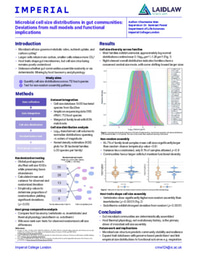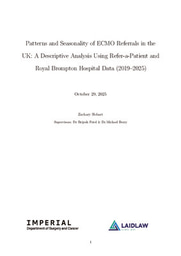Project Outline:An Parametric Framework for Generation of Constrained 3D Architecture

Parametric Framework for the Generation of 3D Architecture
Supervised By: Prof. Lydia Chilton, Department of Computer Science, Columbia University.
Project background
Advancements in generative AI have transformed creative industries, from art to graphic design, but its application in architecture and construction remains limited. While AI can quickly generate visually striking building concepts, these designs often lack structural feasibility and regulatory compliance, making them impractical for real-world construction. For example, an AI-generated home may look appealing but might violate zoning laws, fail to meet energy efficiency standards, or use materials inefficiently. As a result, AI in architecture still requires extensive human intervention before any design can be built. This project addresses this challenge by attempting to combine parametric design—a rule-based programming approach used by architects to create structures— with generative AI to develop an automated system for single-family home design. The goal is to create a procedural generation tool that produces home designs that are not only aesthetically diverse but also structurally viable, regulation-compliant, and adaptable to environmental and user-specific needs.
Research Question
How can generative AI be combined with parametric design to create structurally viable and regulation-compliant architecture?
Methodology
Over the research period, to accomplish the goals stated above, the project will be split into 4 main sections:
- Establishing a Procedural Rule Set – I will analyze American building codes, climate adaptation guidelines, and accessibility requirements to define a structured set of architectural constraints. This will serve as the foundation for generating regulation-compliant models.
- Developing a Generative Algorithm – Using parametric design tools such as Rhino/Grasshopper in conjunction with LLMs and generative models, I will implement an algorithm that generates structured 3D home models within the predefined constraints.
- Testing and Refining Outputs – I will generate multiple design iterations, assessing their adherence to zoning laws, climate optimization, and feasibility. Feedback from architecture and engineering perspectives will also inform refinements to the algorithm.
Comparative Analysis – To evaluate the impact of my approach, I will compare the AI-assisted designs with traditional design workflows in terms of efficiency, compliance, and adaptability.





Please sign in
If you are a registered user on Laidlaw Scholars Network, please sign in